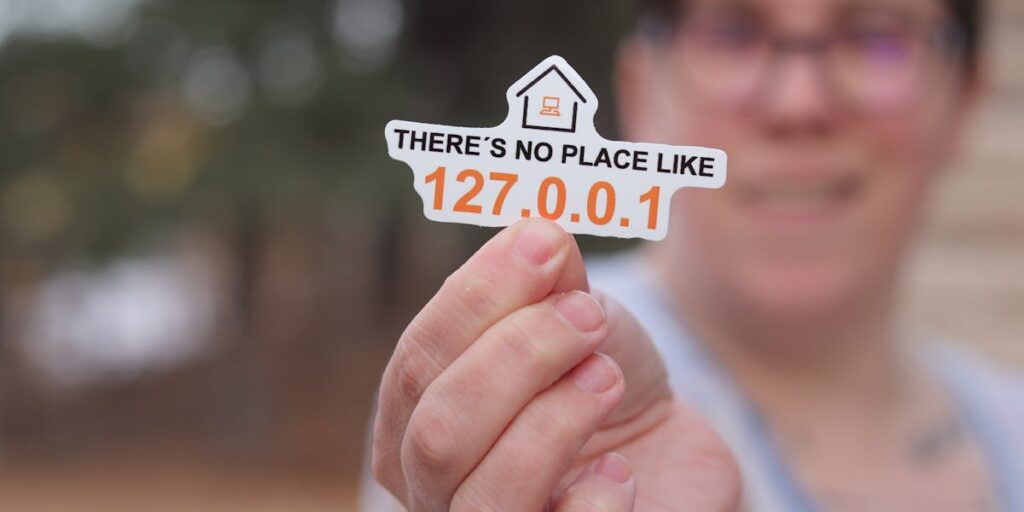Data Transmission:
Characteristics of Guided and Unguided Channels
Data transmission channels are broadly classified into guided (wired) and unguided (wireless) mediums, based on whether the signal follows a specific physical path. Here are the characteristics of two common guided and unguided channels:
Guided Channels
1. Twisted Pair Cable
Characteristics:
– Structure: Consists of two insulated copper wires twisted together to reduce electromagnetic interference (EMI).
– Speed: Supports data rates up to 10 Gbps (for high-grade cables like Cat6 or Cat7).
– Cost: Low-cost medium, widely used for telephone lines and local area networks (LANs).
– Range: Effective for short to medium distances (up to 100 meters without signal boosters).
– Applications: Telecommunication, Ethernet networks.
2. Fiber Optic Cable
Characteristics:
– Structure: Transmits data as light pulses through a glass or plastic core.
– Speed: Extremely high data rates (up to Tbps) with minimal latency.
– Cost: Expensive compared to other guided media.
– Range: Long-distance communication (up to 100 kilometers or more with amplification).
– Applications: Internet backbone, submarine cables, high-speed networks.
Unguided Channels
1. Radio Waves
Characteristics:
– Frequency Range: Operates in the range of 3 kHz to 300 GHz.
– Coverage: Can cover large areas, including urban and rural regions.
– Interference: Susceptible to EMI and physical obstructions like buildings and terrain.
– Applications: AM/FM radio, television broadcasting, and mobile communications.
2. Infrared
Characteristics:
– Frequency Range: Operates in the infrared spectrum, typically between 300 GHz to 400 THz.
– Line-of-Sight Requirement: Requires direct line-of-sight between transmitter and receiver.
– Interference: Affected by sunlight and physical barriers, making it suitable only for indoor applications.
– Applications: Remote controls, short-range communication in devices like laptops and smartphones.
Comparison Table
| Channel Type | Medium | Speed | Range | Interference | Applications |
|——————–|———————|————————|—————————-|————————————|—————————————|
| Twisted Pair | Copper Wire | Up to 10 Gbps | Short to medium (100 m) | Susceptible to EMI | Telephony, Ethernet LAN |
| Fiber Optic | Glass/Plastic Core | Up to Tbps | Long distances (100+ km) | Immune to EMI | Internet backbone, submarine cables |
| Radio Waves | Wireless | Moderate (Mbps-Gbps) | Large coverage (up to km) | Affected by physical obstructions | Broadcasting, mobile networks |
| Infrared | Wireless (IR Light) | Low to moderate (Mbps) | Short-range (10 m) | Line-of-sight needed | Remote controls, indoor devices |
—
Conclusion
Guided channels like twisted pair cables and fiber optics are highly reliable for structured environments with fixed distances, whereas unguided channels like radio waves and infrared provide flexibility for wireless communication. Each channel has its strengths and limitations, making them suitable for specific use cases.





